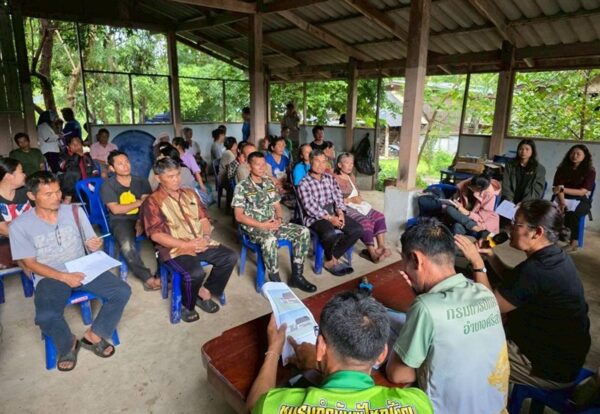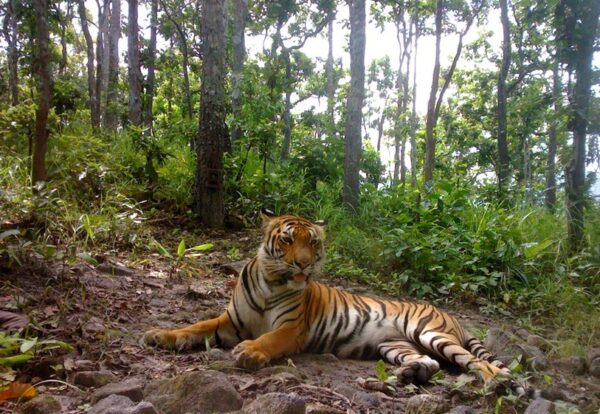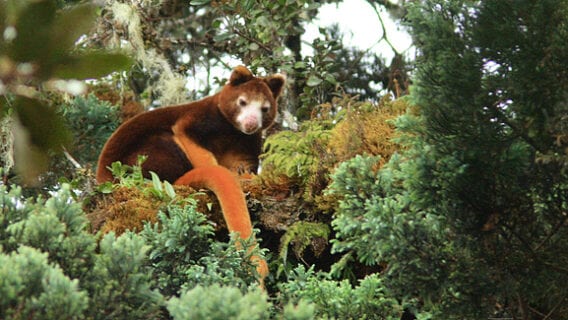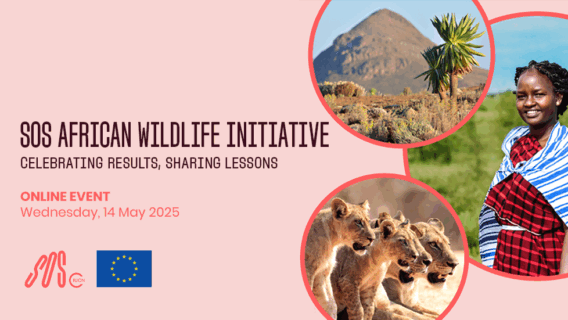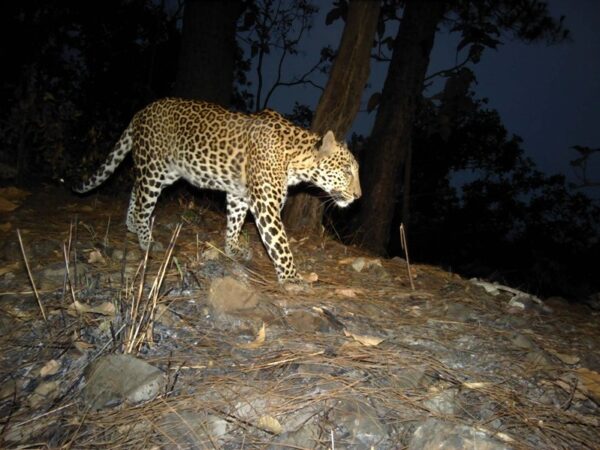
Expanding the Wild Cat Frontier: Restoring Tigers, Leopards, and Clouded Leopards in Western Thailand
Project description
The Dawna–Tenasserim Landscape (DTL), spanning Thailand and Myanmar, is mainland Southeast Asia’s most important stronghold for tigers, leopards, and clouded leopards. At its heart lies Thailand’s Western Forest Complex (WEFCOM), home to the Thung Yai–Huai Kha Khaeng World Heritage Site, a globally significant source population for tigers. Yet, beyond this core refuge, tiger recovery remains limited by depleted prey, human–wildlife conflict, weak connectivity, and persistent poaching.
This project sets out to catalyze tiger recovery across 1.2 million hectares of protected areas in southern WEFCOM, northern WEFCOM, and the Mae Ping Forest Complex (MPFC). It combines evidence-based conservation with deep collaboration between communities, government agencies, and conservation partners. Its legacy will be strengthened local institutions, empowered communities, and policies embedded in Thailand’s National Action Plan for Tiger Conservation (2022–2034), laying the foundation for sustained, landscape-level recovery of tigers and other wild cats across the DTL.
This project is implemented by Panthera and WWF Thailand.
Threats

Habitat loss & degradation

Human-wildlife conflict

Over-exploitation of natural resources & prey depletion
Project objectives
- Enabling conditions for increased survival, dispersal and recovery of tigers created in the southern WEFCOM
- Tiger population recovery in the northern WEFCOM sustained
- Enabling conditions for tiger range expansion in the MPFC created
Project activities
- Improve livestock management practices to secure habitat for tigers and their prey
- Improve participatory natural resource management to secure habitat for tigers and their prey
- Increasing local livelihood incomes from alternate wildlife-friendly sources to build resilient local economies
- Improved understanding of the population dynamics of tigers, leopards, clouded leopards and their prey
- Improved Protected Area Management to sustain carnivore and prey recovery
- School and community outreach to promote tiger conservation awareness, including production of communication kits

